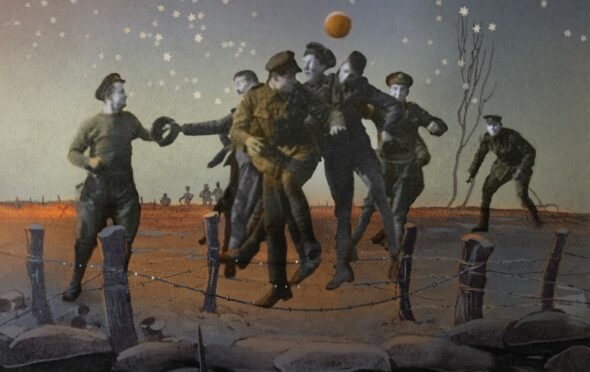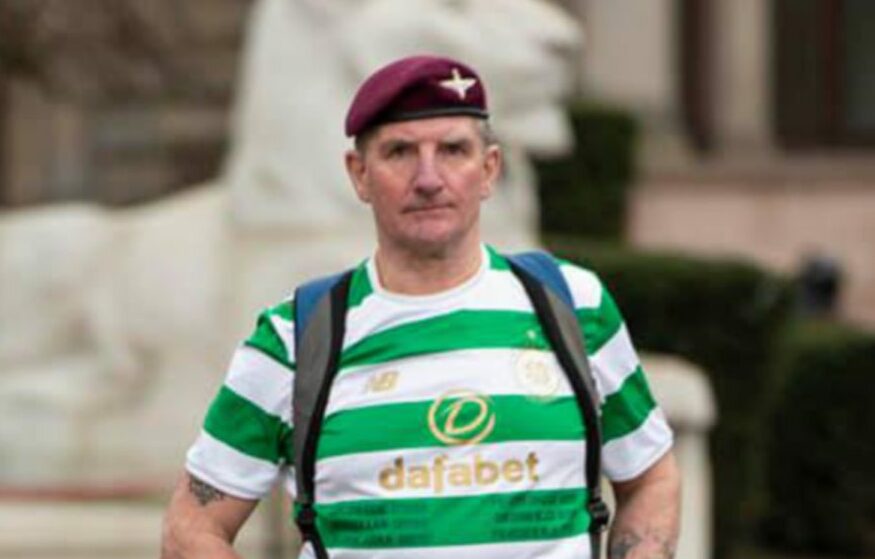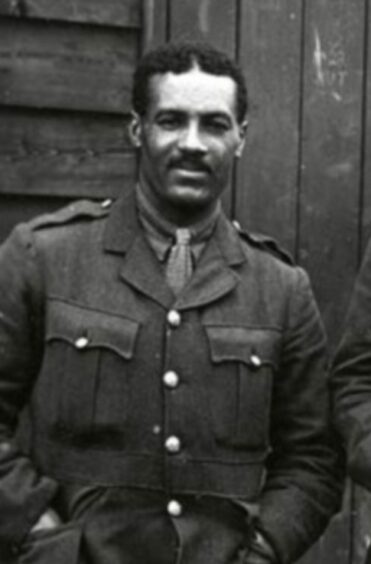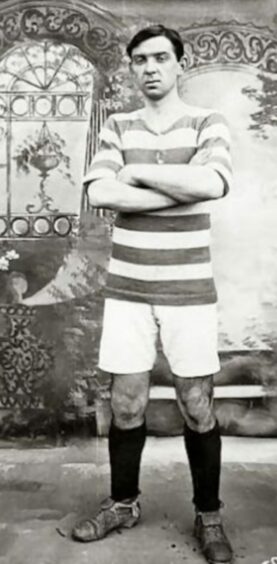
Skilled on the pitch, and heroic on the battlefield, fallen Old Firm footballers are to be remembered at one of Scotland’s busiest railway stations.
Former paratrooper Terry McCourt led the campaign to install plaques at Glasgow Central Station to honour players such as Celtic’s Archie McMillan and Rangers forward Walter Tull who died during the First World War.
Their names will be displayed on platform one as part of a poignant wall of 156 memorial plaques marking the lives of men and women who served in the armed forces.
During both world wars, hundreds of thousands of servicemen and women said goodbye to their loved ones for the last time at Central Station.
Ex-sergeant McCourt, who served four tours of duty in Northern Ireland during 12 years in 2nd Battalion, the Parachute Regiment, said: “It has been a real labour of love. Glasgow Central has a huge historical importance for the whole country but especially for the military community.
“It was used as a makeshift mortuary during the First World War and thousands upon thousands of Scottish soldiers went from there to fight in both world wars, many of whom sadly never returned.
“It is important we never forget that sacrifice. I am a Celtic fan myself and there were seven Celtic players who fought and died in the First World War. Five former Rangers players were also killed in that war.
“They will all be remembered with honour. I have a plaque going up for my dad who was in the Cameronians in the Second World War.”
The plaques will be unveiled in February. More than 50 contracted and former Celtic players fought in the First World War, seven of whom died.
Celtic’s William Angus was awarded the Victoria Cross for bravery in battle. Archie McMillan played for Ayr United and Celtic before he joined the Argyll and Sutherland Highlanders. He died from wounds sustained at the bloody Battle of Cambrai in November 1917.
Dozens of Rangers players also served in the conflict. Second Lieutenant Walter Tull, who was the first black player to sign for the Ibrox club, was killed in 1918. He had also played as a forward in England with Tottenham Hotspur and Northampton Town.
McCourt added: “This has been very rewarding. It wouldn’t have been possible without the help of comrades at the Parachute Regimental Association, staff at the station and the wider veterans’ community as well as the generosity of people across Scotland. Any cash raised will help organisations such as the Soldiers, Sailors, Airmen and Families Association (SSAFA), the charity of the armed forces.”
When the casualties were returned to Glasgow Central, hundreds of bodies were temporarily stored in a makeshift mortuary beneath the platforms where families had to identify their loved ones, laid out under army blankets on stretchers.
It is not known how many soldiers passed through the city centre station during the war but it was used by famous regiments including the Highland Light Infantry, Queen’s Own Cameron Highlanders and the Argyll and Sutherland Highlanders.
Some of the soldier victims of Britain’s worst rail crash, which killed 227 people at Quintinshill near Gretna in 1915, were stored at the morgue site including three children from the Maryhill area of Glasgow who had stowed away on one of the trains.
Station manager Drew Burns said: “Glasgow Central is a real community hub and we thought it was a great idea and a terrific gesture to both the fallen and the veterans that are still with us.
“I have one of the plaques dedicated to my grandfather John Burns who served in the Black Watch in the First World War.
“It is a great cause with cash raised going to SSAFA and Network Rail’s homeless charity partnership. Platform one is a fitting place for this as so many left here and did not come back.”

Enjoy the convenience of having The Sunday Post delivered as a digital ePaper straight to your smartphone, tablet or computer.
Subscribe for only £5.49 a month and enjoy all the benefits of the printed paper as a digital replica.
Subscribe

